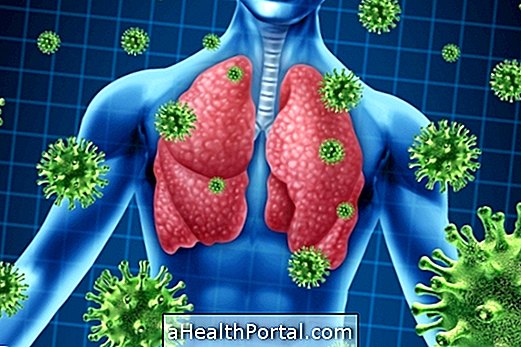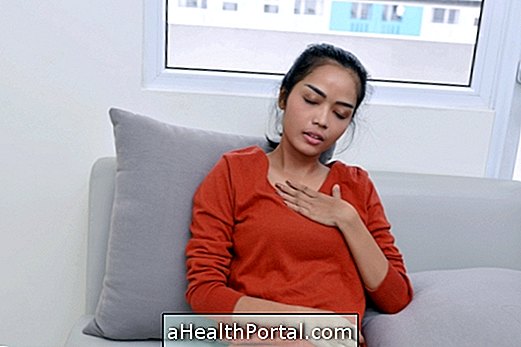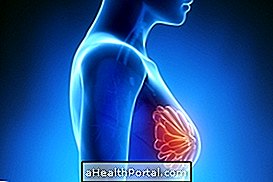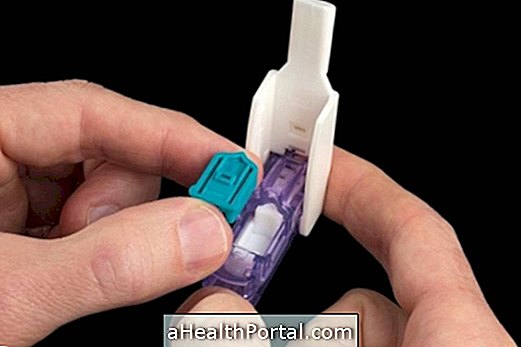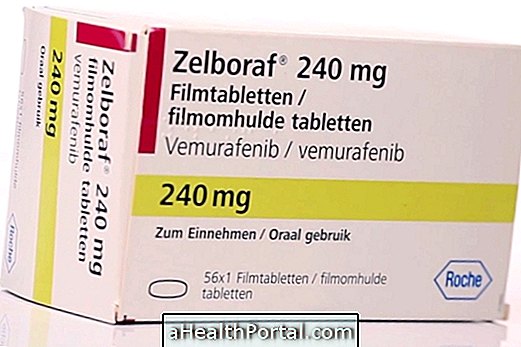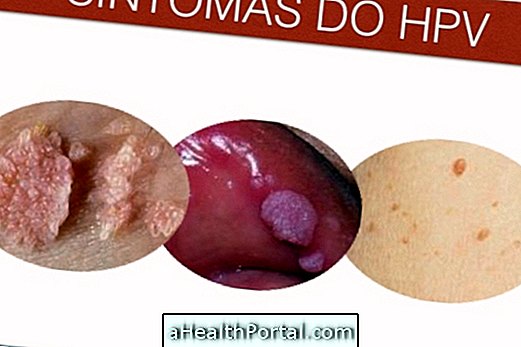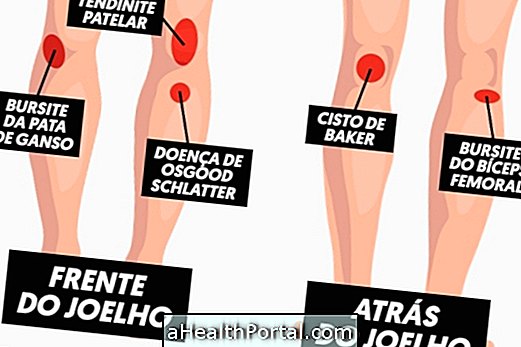Community pneumonia corresponds to infection and inflammation of the lungs that is acquired outside the hospital environment, that is, in the community, and is mainly related to the bacterium Streptococcus pyogenes, but it can also be caused by Haemophilus influenzae, Moraxella catarrhalis and Chlamydophila pneumoniae, in addition to some types of viruses and fungi.
The symptoms of community-acquired pneumonia are the same as common pneumonia, being differentiated only by the infectious agent and environment in which the infection occurred, the main ones being high fever, chest pain, excessive tiredness and lack of appetite, for example.
The diagnosis of community-acquired pneumonia is made by assessing the signs and symptoms presented by the person, in addition to imaging and laboratory tests to identify the causative agent of the pneumonia and, thus, the most appropriate treatment, which can be done with antibiotics or antivirals.

Symptoms of community-acquired pneumonia
The symptoms of community-acquired pneumonia appear a few days after contact with the microorganism responsible for the pneumonia, being more frequent to develop in people who have the most compromised immune system, the main ones being:
- Fever higher than 38ºC;
- Cough with phlegm;
- Chills;
- Chest pain;
- Weakness and easy tiredness.
As soon as the first signs and symptoms of community pneumonia appear, it is important for the person to consult the pulmonologist or general practitioner so that the diagnosis is made and the most appropriate treatment is started, thus avoiding the development of complications such as generalized infection and coma , for example.
How the diagnosis is made
The initial diagnosis of community-acquired pneumonia is made by the pulmonologist or general practitioner by analyzing the signs and symptoms presented by the person. To confirm the diagnosis, the doctor may request the performance of imaging tests such as chest X-ray, chest ultrasound and chest computed tomography. Imaging tests, in addition to being important in diagnosis, are also useful for assessing the extent of pneumonia.
In addition, the doctor can also indicate the performance of tests to identify the microorganism responsible for the infection, and the microbiological analysis of blood, urine or sputum, for example, may be indicated.
How treatment should be
The treatment of community-acquired pneumonia is done according to the doctor's guidance and involves, in most cases, the use of antibiotics such as Azithromycin, Ceftriaxone or Levofloxacin. However, in cases where pneumonia is caused by viruses, the use of antiviral drugs, such as Zanovir and Rimantadine, may be recommended.
The improvement of symptoms appears around the 3rd day, but if there is an increase in fever or the amount of secretions, it is important to inform the pulmonologist to adjust the treatment after performing blood and phlegm tests.
Pneumonia can be treated at home, however, in some cases, such as severe pneumonia, in patients with heart failure, or chronic obstructive pulmonary disease, treatment can be carried out at the hospital, complemented with physical therapy to remove infected secretions and improve breathing.
During treatment in patients over 50 years of age who are smokers or who do not improve their symptoms, it may be necessary to carry out additional tests, such as chest x-rays, to observe the evolution of the infection in the lungs.
Was this information helpful?
Yes No
Your opinion is important! Write here how we can improve our text:
Any questions? Click here to be answered.
Email in which you want to receive a reply:
Check the confirmation email we sent you.
Your name:
Reason for visit:
--- Choose your reason --- DiseaseLive betterHelp another personGain knowledge
Are you a health professional?
NoMedicalPharmaceuticalsNurseNutritionistBiomedicalPhysiotherapistBeauticianOther
Bibliography
- BARER, Michael R. et al. Medical Microbiology - A guide to Microbial Infections: Pathogenesis, immunity, laboratory investigation and control. 19th ed. Elsevier, 2018. 643.
- CORRÊA, Ricardo A .; COSTA, Andre N. C .; LUNDGREN, Fernando; MICHELIN, Lessandra. Recommendations for the management of community-acquired pneumonia 2018. J Bras Pneumol. Vol 44. 5 ed; 405-424, 2018

